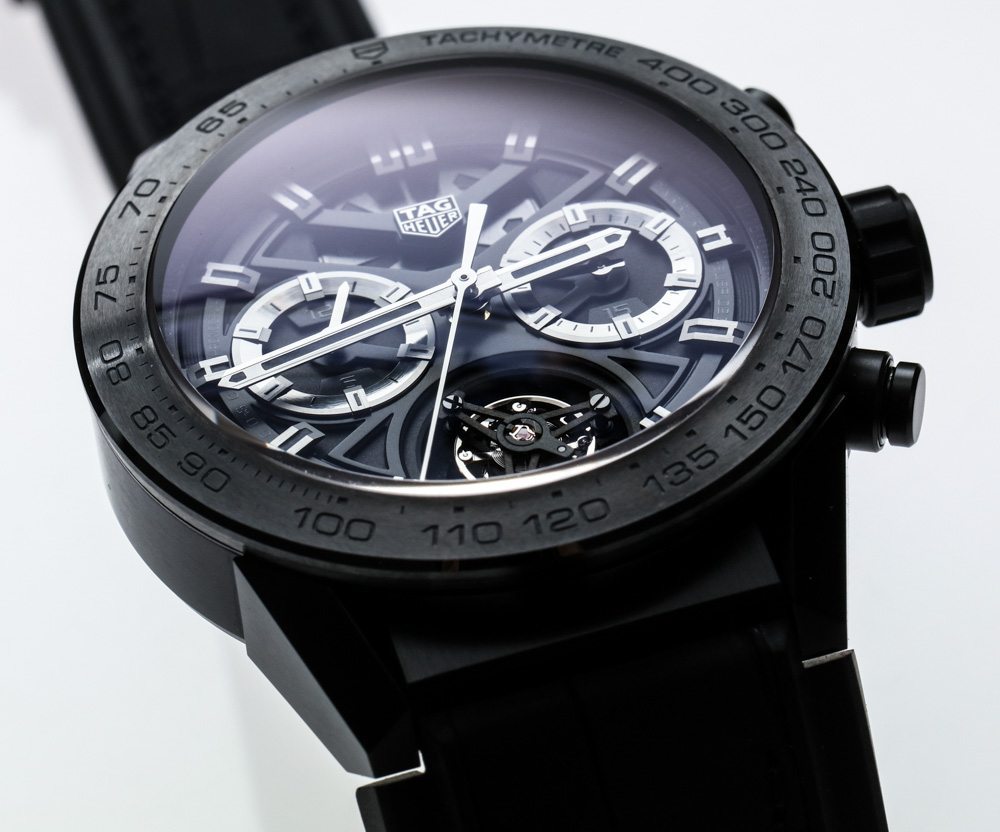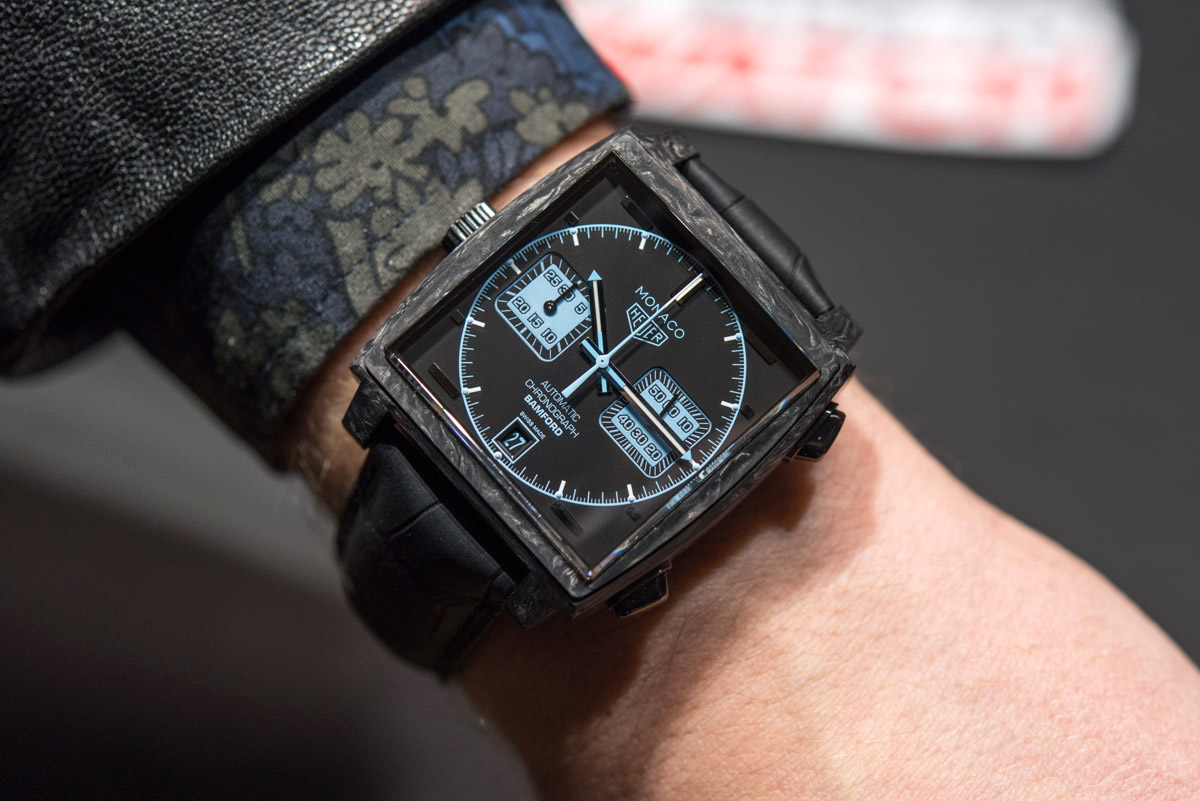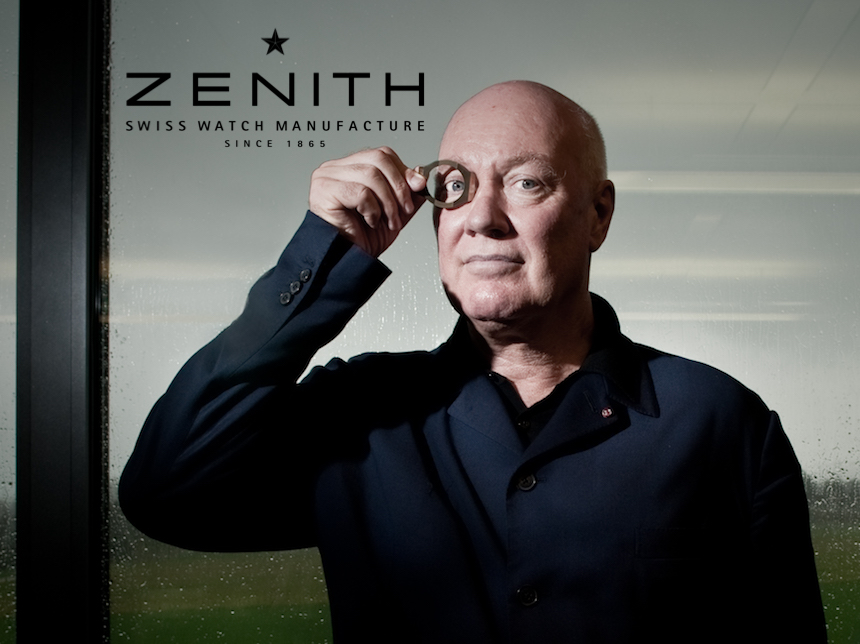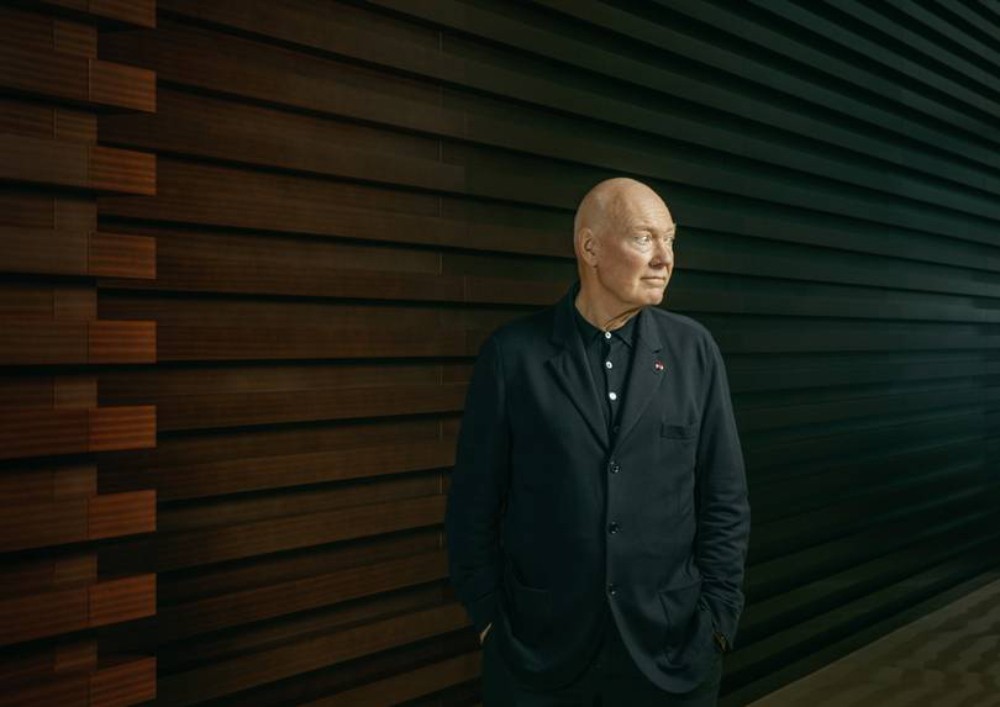 aBlogtoWatch Audience: Do you think the move by many brands to become a manufacture is a distraction to the problems the watch industry is facing? The trend of buying up dial makers or investing in new machinery, that forces the price up of simple watches to a point where it is difficult to attract new people to horology. Compared to the past when the great and the good used ebauche-, case-, dial- and bracelet-makers to produce the best possible watches, or watches that they would otherwise not be able to create. Perhaps that is part of the success of companies like Bamford and the new microbrands?
aBlogtoWatch Audience: Do you think the move by many brands to become a manufacture is a distraction to the problems the watch industry is facing? The trend of buying up dial makers or investing in new machinery, that forces the price up of simple watches to a point where it is difficult to attract new people to horology. Compared to the past when the great and the good used ebauche-, case-, dial- and bracelet-makers to produce the best possible watches, or watches that they would otherwise not be able to create. Perhaps that is part of the success of companies like Bamford and the new microbrands?
JCB: I think that the trend you are mentioning has started already in the late ’80s and that a concentration is a global trend in each industry. I also believe that brands should try to master quality, deliveries, and prices all the way down and one of the best ways is to own your industry. Owning your industry enables to conduct heavy and active R&D – how could you innovate with metals if you don’t own a metallurgy department? The new microbrands or the Bamfords are consequences of the desires of the customers who are looking more and more for individualization, personalization, and exclusivity. This trend is due to increase and become stronger and stronger.

aBlogtoWatch Audience: Your experience in the watch industry is unequaled, and may likely stay that way for decades to come. In your view, which has been the most rewarding challenge you have faced during your time as a brand and marketing executive for these brands, and why?
JCB: My biggest challenge has probably been Zenith. It was a very small brand, with many years of different strategies and products and many years of losses. The difficulty was to once again bring a message to the brand (Zenith is the Future of Swiss Watchmaking Art) and to concentrate the products around Defy. I had while I was CEO ad interim many doubts and at a certain point didn’t know anymore how to move. Especially that Zenith was a prisoner of its tradition and its El Primero. To find an exit to this wasn’t easy at all, because we had to keep both but transform them and project them into the future…(not so easy to do).

aBlogtoWatch Audience: Who typically approves a new watch design when so many fail on the market?
JCB: Many fail on the market because not enough people understand what makes a watch design successful. As an example which speaks for itself, I don’t know about any watch from any brand that has been designed by a famous designer or architect. It just never happened that these extraordinary visionaries and artists haven’t succeeded to design a watch case with the success of a Daytona, Speedmaster, Royal Oak, Nautilus, Reverso, Tank from Cartier, etc. etc.
aBlogtoWatch Audience: Dear Jean-Claude Biver, you have done so much in your career. What do you want to be remembered for?
JCB: I would like it to be remembered that many CEOs or successful managers have been working with me before taking a leading position in the industry (like Jean-Fred Dufour at Rolex or Ricardo Guadalupe at Hublot, etc.) And secondly for my disruptive concept with Hublot where we have tried to never repeat the past, but on the contrary to connect the past to the future.
aBlogtoWatch Audience: Around the Western world, the fortunes of youth (24 years and younger) are in decline. Wages are stagnant, full-time career track jobs are rare, and home ownership rates are declining too. I wonder if your industry has been able to calculate the ownership rates of mechanical watches by age group? Gazing into your crystal ball, what challenges do you foresee and what solutions might there be? Does it matter that most mechanical watch owners are likely over the age of 40? Or, thanks to a world population of 7 billion can the industry thrive regardless of the demographic profile of the typical watch owner? Thank you.
JCB: The more we will be surrounded by technology, the more we will want to connect to art. The more we will be surrounded by obsolescence the more we will want to be connected to «eternity». That’s why I believe more than ever in «Haute Horlogerie»

aBlogtoWatch Audience: I would consider your operation, in all of its facets, an industry leader in materials development. This has generally been in the name of aesthetics, and we are seeing the industry at large take on new materials for the purpose of mechanical refinement as well as ultra-light, scratch resistant, friction-free, and anti-magnetic options are developed and brought forward. In your opinion, is this an upward trajectory that will continue or do you sense the industry has approached a plateau in this regard?
JCB: Yes, the history and the development of the watchmaking art has always been linked directly to the improvement and the development of materials. The materials are key and I am so pleased that finally, a few brands have started to understand this necessity. It will influence our industry and will bring much attraction to the customers and collectors.

